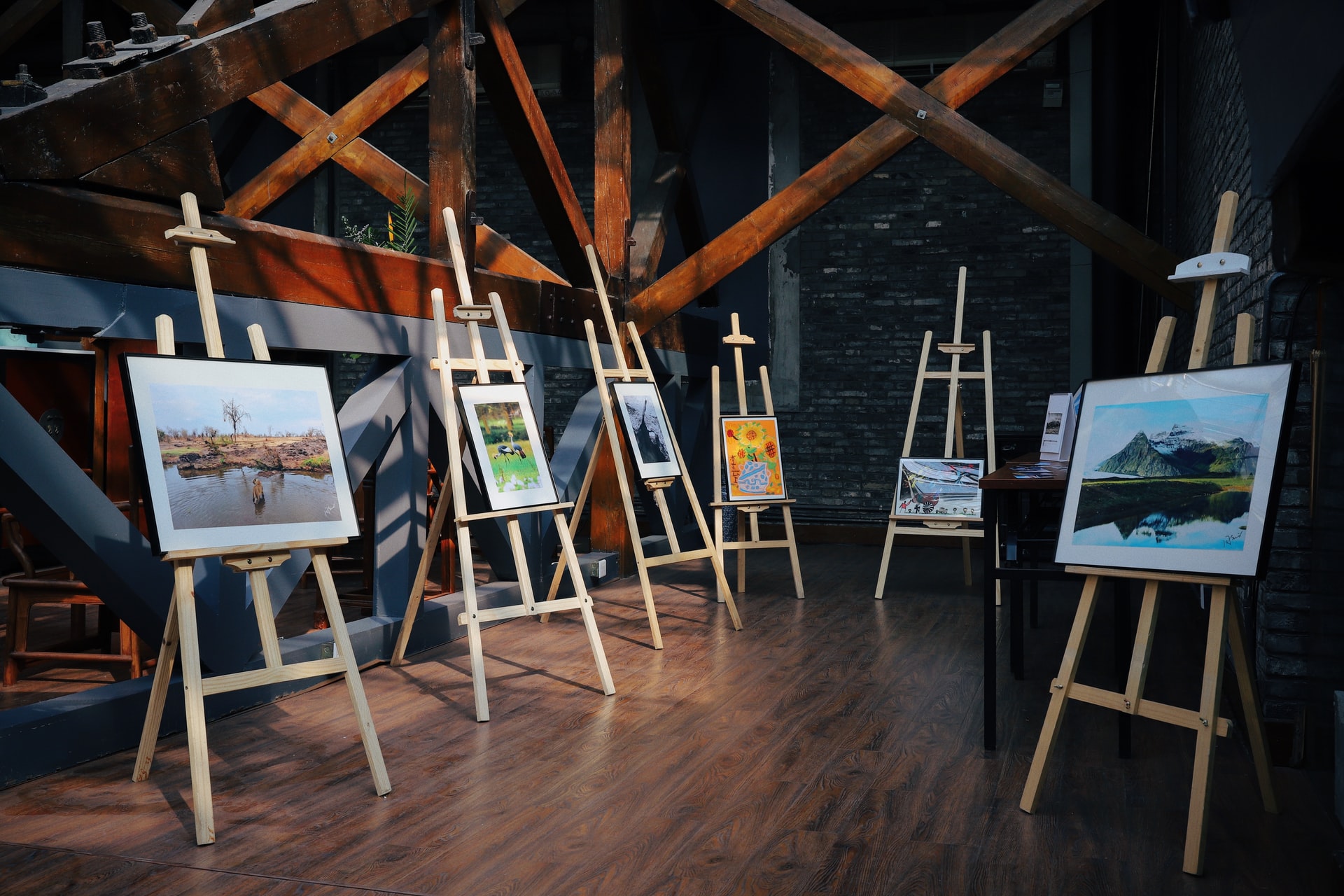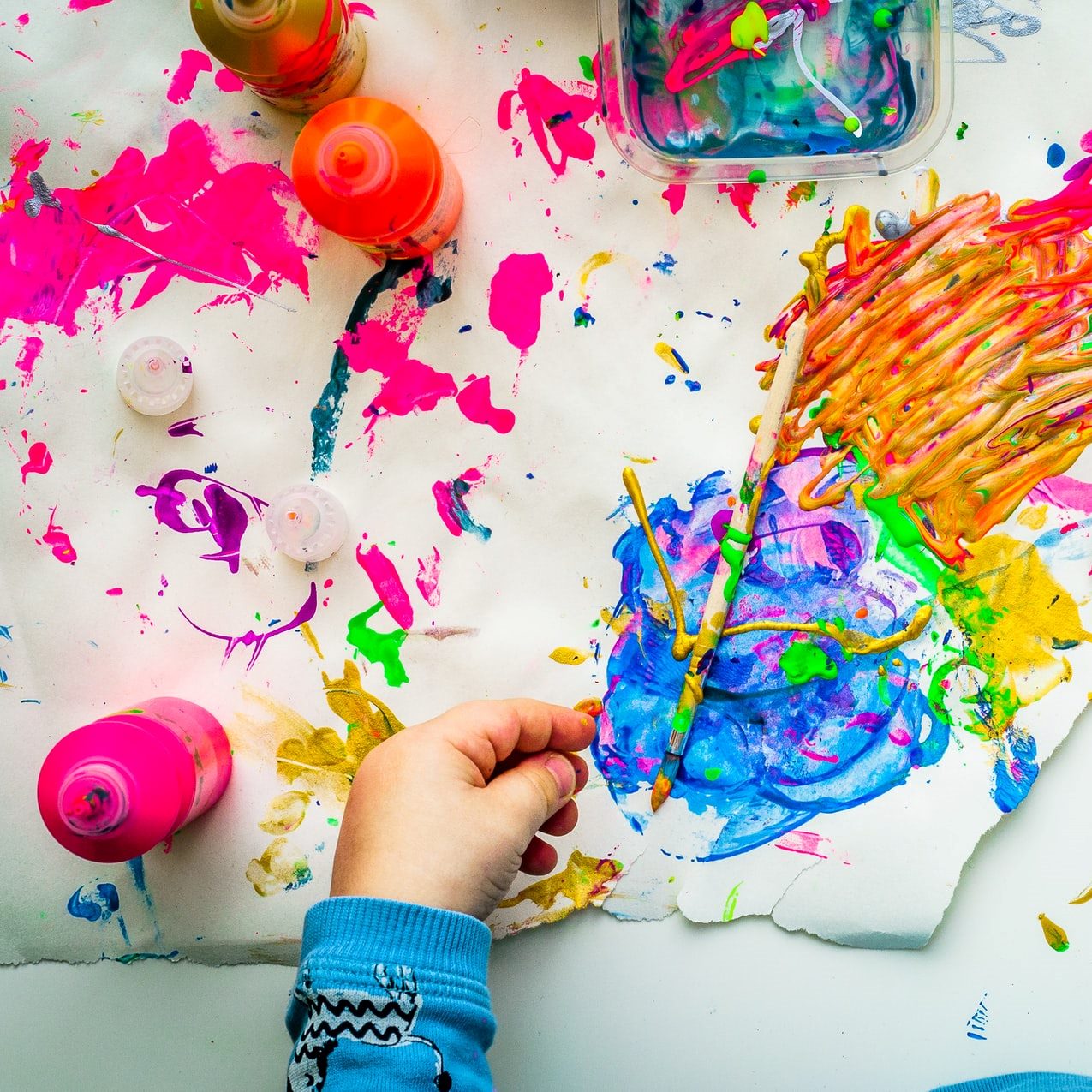In recent years the debate about the necessity of art education has been gaining traction. The hours and budget for art have been under attack. Some people believe it to be a waste of resources. Yet, there is strong evidence that art studies are important for holistic human development.
Students might be opposed to dedicating study hours to art for other reasons. They are overloaded with the curriculum and might not want to have even more work. Students do not have much free time with all the tasks and written assignments. No wonder that some of them might feel like additional subjects will only make the matter worse.
High schools and colleges often overwhelm students with written assignments. The reasons include not only the sheer number of papers to do but also lack of confidence in one’s writing skills or unclear academic requirements.
For some, it might be quite stressful and lead to less certainty in one’s academic success in general. However, students can always get professional advice and help from platforms like WritePaper, which are aimed at assisting students with their academic writing. It is important to understand that those written assignments are not here to undermine one’s confidence but rather to teach students important skills.
In any case, it should not stop one from pursuing specific subjects or missing out on Art-related classes.
It is crucial to know that there is help out there. It is similarly important to comprehend the benefits art education offers, which makes it a must for schools and colleges.
It Is Practical
The first of the arguments against art in schools is that it is not practical and gives no future work opportunities. A lot of people believe that it is not a valid choice in terms of career, so why bother? The idea of everything should be work-related and money-driven is flawed in itself.
But even to entertain it a bit, art is quite practical and can be a valid career choice. Digitalization and technology have changed the employment market already. Here are just some options one can have with an art-related experience and/or degree:
- One can become an illustrator, a comic book artist, or an independent creator. It is much easier to gain recognition with the Internet. Millions of people can enjoy their works almost instantly and support the creator in many ways. It is no longer a closed industry.
- There is a huge demand for digital artists and designers.
- One can combine creativity with STEM and work on website design and development or augmented reality. There is a multitude of prospects here.
- Creators are also required in digital marketing and advertising, as well as brand-building. Every company has an online presence now, which comes with more jobs for web designers or digital
- One can work in game development.
- Video and photo production is always in need of fresh talent.
According to the data by the Entertainment Software Association, the industry’s growth in the years 2005-2009 has exceeded 10%. And it continues to grow since then. An Australian study also found out that the number of art-related positions has doubled in just 10 years (1996-2006).
It Is Crucial for Any Career
Different people are good at different things, some in STEM and others in languages. But the more versatile your skills are, the rarer of an expert you’ll be.
A wide skill set is a huge advantage to any career. Simply because no industry exists in isolation, all the subjects are interconnected.
Multi-skilled employees are extremely valued in any sphere. And they have more options in terms of jobs as well.
It Allows Personal Growth
Even if a person has no intent to pursue a career in arts, such education is essential for human development. It allows boosting one’s creativity and self-expression. It helps grow emotional intelligence and form individual identity.
Thanks to artistic studies, teenagers and young adults can:
- Develop critical thinking and skills for interpretation of the world around;
- Feel happier and well-rounded because creativity is a well-known outlet for any emotions or stress;
- Feel free to express their worldview and explore ideas in a healthy way;
- Acquire new skills – motor ones, coordination, complex analysis, lateral thinking, and problem-solving;
- Learn innovative thinking and find out-of-the-box solutions;
- Learn work individually or in a collaborative environment;
- Practice self-discipline, resilience, and determination.
It is impossible to overestimate the importance of creativity for human development. It is what leads to all modern inventions and technologies. It all starts with the idea of solving a particular problem in a completely new way.

It Teaches Empathy
Engaging with the objects of art helps people develop their sense of identity. But it also allows a better understanding of others. It is a medium to express life experiences and emotions, often without words.
Students who follow art education learn empathy and tolerance for other cultures. They also learn to appreciate them and understand the beauty of versatility. The differences here are taught as something good and unique, which helps build a more tolerant society.
Think about how music can awaken emotions even without lyrics or without knowing a foreign language. It is a universal language that helps express and comprehend the experiences of others through time.
It Improves Performance in All Subjects
Studies show that students from low-income families are three times more likely to pursue higher education if they have art studies. It ensures social mobility. The research by James Catterall also shows that involvement in arts results in higher performance among low-income students both in school and college.
It is also connected to more involvement in community service. Artistic education is essential not only if you want to become a creator or make your beginner design stand out. It helps boost academic performance in all subjects because of a unique set of skills one can learn here.
It is about the growth of the mindset and improved cognition. It requires a complex approach to matters with a deep connection to culture, history, and science. For example, to play an instrument, a person learns about tunes, sound, sound waves, and acoustic principles. Or to play in a Shakespeare piece, one needs to know the historical, cultural, and social context behind it.
Drawing is deeply connected to geometry and human anatomy. The examples are almost endless.
It Is Easier Now to Gain Recognition
If a person decides to pursue a career in a creative field, it is easier than ever to succeed. Of course, the competition is still quite high. But with the Internet and all the available digital tools, one can gain recognition at any time and on their terms.
Artists can reach the worldwide market from the comfort of their homes. They are able to market and sell their creations via applications and digital marketplaces. There is no need for third-party involvement anymore.
Before that, galleries and critics were to decide what piece goes for exhibition. But inline, there is a space for anyone to make their work public. And people are here to determine what they like and what creators they want to support.
In Summary
Art education is extremely important for all students. It allows gaining a unique set of skills and excels in other subjects. It helps boost self-confidence, empathy, and well-rounded personal development. And it is also beneficial for a future career in any field.
